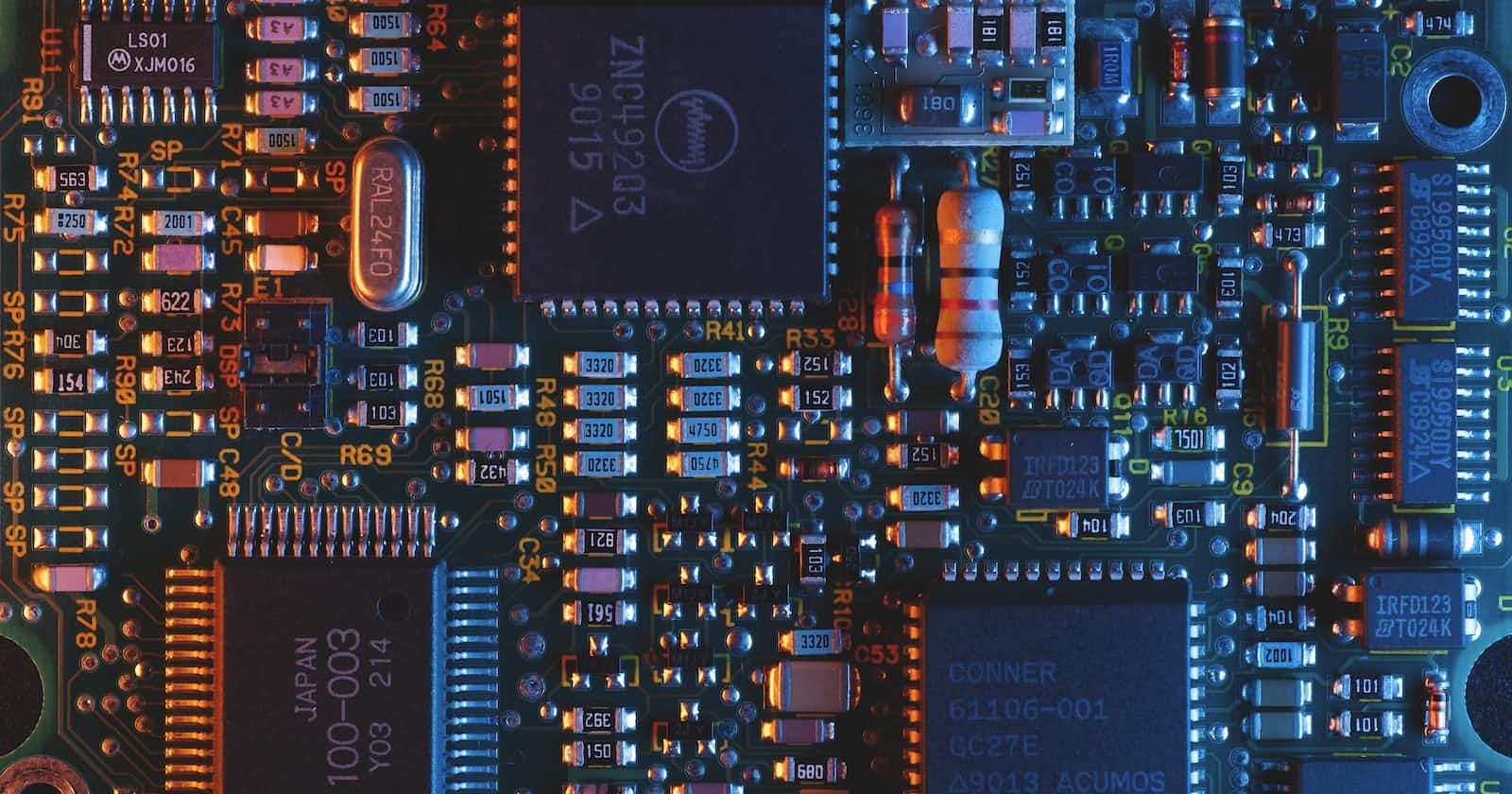Table of contents
No headings in the article.
The basic architecture of a computer refers to the structure and design of its various components that work together to perform different tasks. Here's an easy way to understand the basic architecture of computers:
Input Devices: Input devices allow users to input data and commands into the computer. Common input devices include keyboards, mice, and touchpads.
Central Processing Unit (CPU): The CPU is the brain of the computer. It's responsible for processing and executing instructions that are stored in the computer's memory. The CPU consists of two main components: the control unit and the arithmetic logic unit.
Memory: Memory, also known as RAM, is where the computer stores data and instructions temporarily. RAM is volatile, which means it loses its contents when the computer is turned off.
Storage: Storage is where the computer stores data permanently. This includes hard drives, solid-state drives (SSDs), and other types of storage devices.
Output Devices: Output devices allow the computer to display information to the user. Common output devices include monitors, printers, and speakers.
Motherboard: The motherboard is the main circuit board of the computer. It connects all of the components together and allows them to communicate with each other.
Power Supply: The power supply is responsible for providing the computer with the power it needs to operate.
In summary, a computer's basic architecture consists of input devices, CPU, memory, storage, output devices, motherboard, and power supply. Each component plays a vital role in the computer's ability to process and store data, and communicate with the user.

